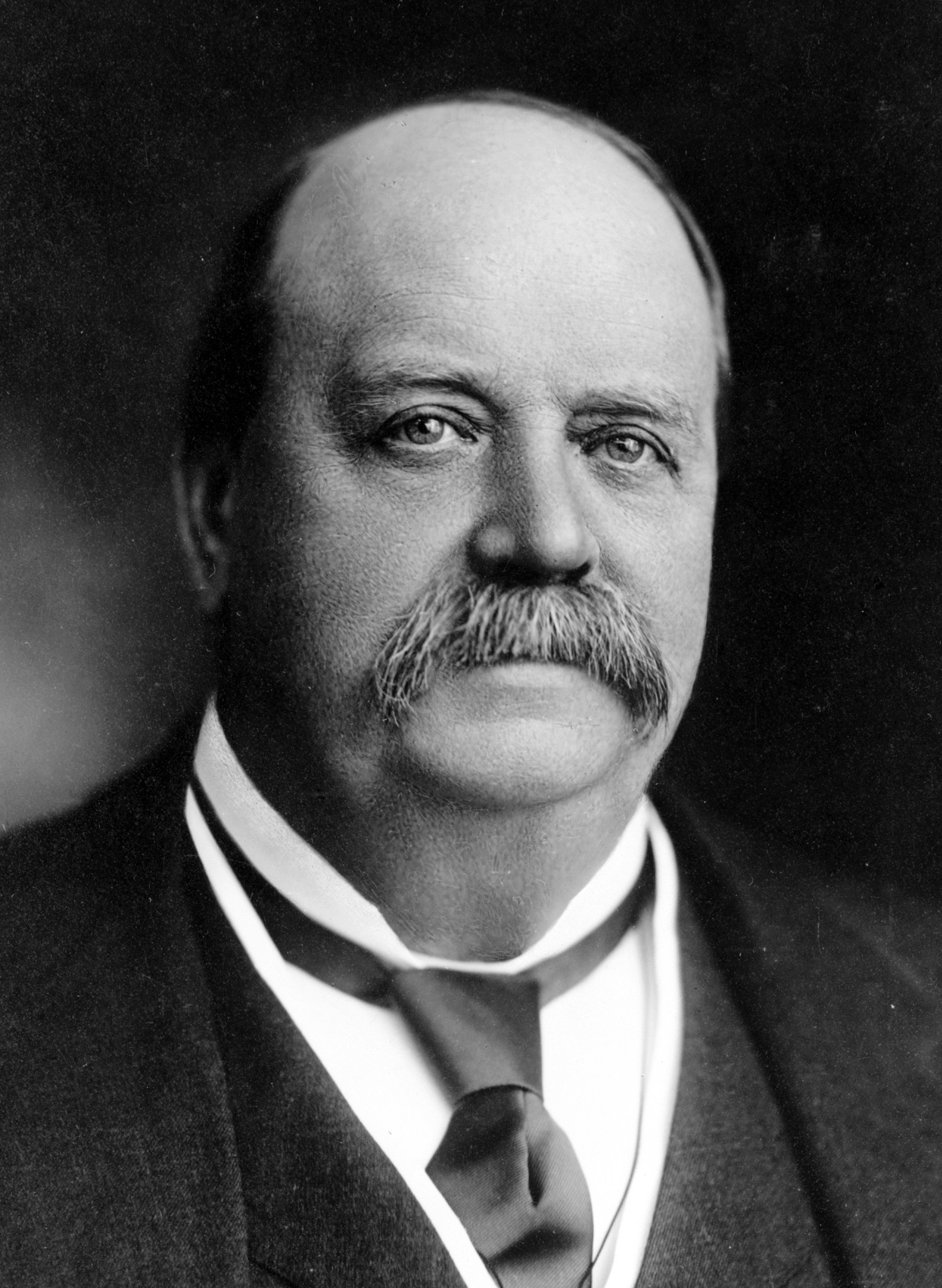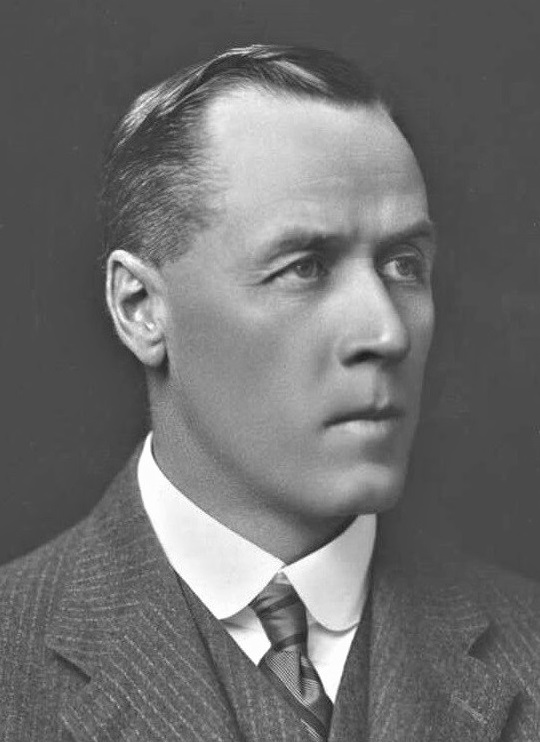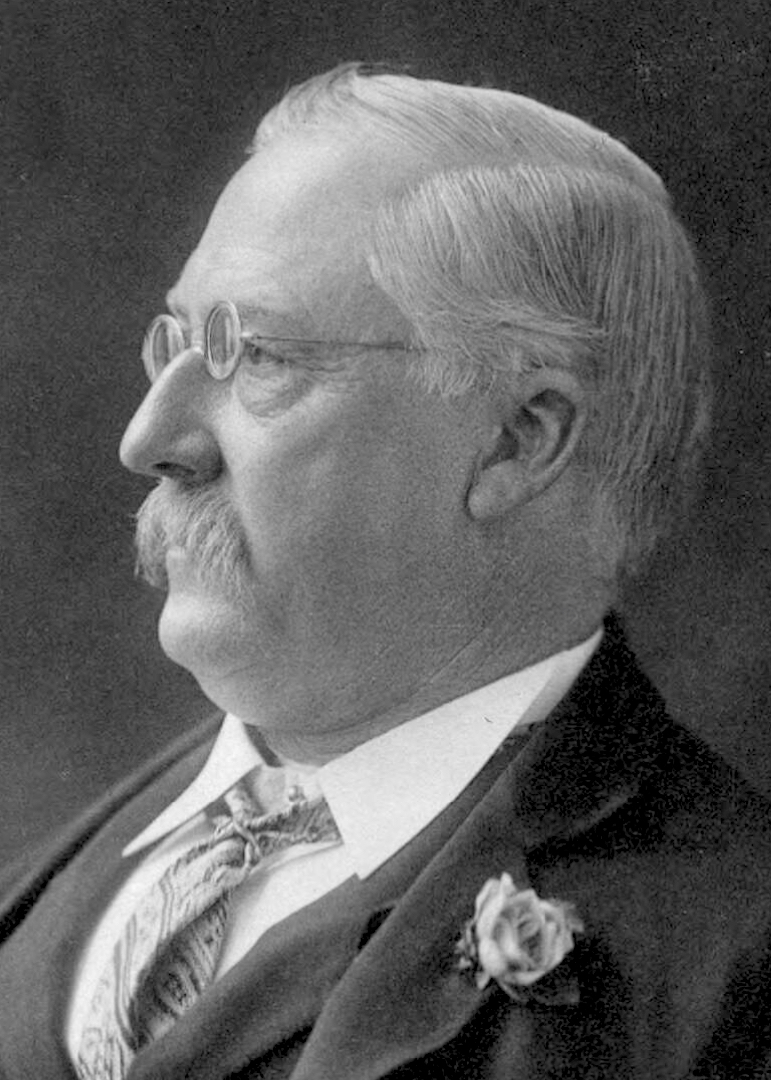|
Attorney General Of Australia
The attorney-general of Australia (AG), also known as the Commonwealth attorney-general, is the minister of state and chief law officer of the Commonwealth of Australia charged with overseeing federal legal affairs and public security as the head of the Attorney-General’s Department. The current attorney-general is Michelle Rowland, who was chosen by prime minister Anthony Albanese in May 2025 following the 2025 federal election. By convention, the attorney-general is a lawyer. The attorney-general is one of only four positions in the Commonwealth Government to have continuously been held since federation, along with the prime minister, the minister for defence and the treasurer. History The attorney-general is nearly always a person with legal training, and eleven former attorneys-general have received senior judicial appointments after their ministerial service. Billy Hughes was the longest-serving attorney-general of Australia, serving for thirteen and a half years ... [...More Info...] [...Related Items...] OR: [Wikipedia] [Google] [Baidu] |
Commonwealth Coat Of Arms
The coat of arms of Australia, officially the Commonwealth Coat of Arms, is a formal symbol of the Commonwealth of Australia. It depicts a shield, containing symbols of Australia's six states, and is held up by native Australian animals, the kangaroo and the emu. The seven-pointed Commonwealth Star surmounting the crest also represents the states and territories, while golden wattle, the national floral emblem, appears below the shield. The first arms were authorised by King Edward VII on 7 May 1908, and the current version by King George V on 19 September 1912, although the 1908 version continued to be used in some contexts, notably appearing on the reverse of the sixpenny coin. Design Escutcheon The escutcheon (central shield) is the focal point of the coat of arms, and contains six quarters, each containing a representation of the badge of an Australian state. The whole shield is surrounded by an ermine border, which both symbolises the "encompassing authority of ... [...More Info...] [...Related Items...] OR: [Wikipedia] [Google] [Baidu] |
Australian Legal System
The legal system of Australia has multiple forms. It includes a written Constitution of Australia, constitution, unwritten Constitutional convention (political custom)#Australia, constitutional conventions, statutes, Delegated legislation in the United Kingdom, regulations, and the judicially determined Common law in Australia, common law system. Its legal institutions and traditions are substantially derived from that of the English legal system, which superseded Indigenous Australian customary law during colonisation. Australia is a common-law jurisdiction, its court system having originated in the common law system of English law. The country's common law is the same across the states and territories.. The Constitution of Australia, Australian Constitution sets out a federal system of government. There exists a national legislature, with a power to pass laws of overriding force on a number of express topics. The states are separate jurisdictions with their own Judiciary of Aus ... [...More Info...] [...Related Items...] OR: [Wikipedia] [Google] [Baidu] |
Deputy Prime Minister Of Australia
The deputy prime minister of Australia is the deputy Chief executive officer, chief executive and the Deputy prime minister, second highest ranking officer of the Australian Government. The office of deputy prime minister was officially created as a Minister (government), ministerial portfolio in 1968, although the title had been used informally for many years previously. The deputy prime minister is appointed by the Governor-General of Australia, governor-general on the advice of the Prime Minister of Australia, prime minister. When Australia has a Australian Labor Party, Labor government, the deputy leader of the parliamentary party holds the position of deputy prime minister. When Australia has a Coalition (Australia), Coalition government, the Coalition Agreement mandates that all Coalition members support the leader of the Liberal Party of Australia, Liberal Party becoming prime minister and the leader of the National Party of Australia, National Party becoming the deputy ... [...More Info...] [...Related Items...] OR: [Wikipedia] [Google] [Baidu] |
Lionel Bowen
Lionel Frost Bowen (28 December 1922 – 1 April 2012) was an Australian politician. He was the deputy leader of the Australian Labor Party (ALP) from 1977 to 1990 and served as the sixth deputy prime minister of Australia in the Hawke government from 1983 to 1990. Bowen was born in Sydney to a working-class family. He served in the Australian Army during World War II and subsequently studied law at the University of Sydney. He was elected mayor of Randwick in 1948 and served in the New South Wales Legislative Assembly from 1962 to 1969. Bowen was elected to the House of Representatives at the 1969 federal election, representing the seat of Kingsford Smith. He served as Postmaster-General (1972–1974), Special Minister of State (1973–1975) and Minister for Manufacturing Industry (1975) in the Whitlam government, before being elected deputy leader to Bill Hayden in 1977. He retained the position when Bob Hawke was elected leader in 1983 and became deputy prime min ... [...More Info...] [...Related Items...] OR: [Wikipedia] [Google] [Baidu] |
Leader Of The Opposition (Australia)
In Government of Australia, Australian federal politics, the Leader of the Opposition is an elected member of parliament (MP) in the Australian House of Representatives who leads the Opposition (Australia), opposition. The Leader of the Opposition, by Constitutional convention (political custom), convention, is the leader of the largest political party in the House of Representatives that is not in Australian Government, government. When in Parliament of Australia, parliament, the opposition leader sits on the left-hand side of the centre table, in front of the opposition and opposite the Prime Minister of Australia, prime minister. The opposition leader is elected by his or her party according to its rules. A new leader of the opposition may be elected when the incumbent dies, resigns, or is challenged for the leadership. Australia is a constitutional monarchy with a parliamentary system and is based on the Westminster system, Westminster model. The term "opposition" has a sp ... [...More Info...] [...Related Items...] OR: [Wikipedia] [Google] [Baidu] |
Billy Snedden
Sir Billy Mackie Snedden, (31 December 1926 – 27 June 1987) was an Australian politician who served as the leader of the Liberal Party from 1972 to 1975. He was also a cabinet minister from 1964 to 1972, and Speaker of the House of Representatives from 1976 to 1983. Snedden was born in Perth, Western Australia. He served in the Royal Australian Air Force during World War II, and then studied law at the University of Western Australia. From 1951 to 1952, he was the inaugural federal chairman of the Young Liberal Movement. After a period working overseas for the Department of Immigration, Snedden returned to Australia in 1954 and settled in Melbourne. He was elected to the House of Representatives the following year, aged 28. In 1964, Snedden was elevated to cabinet by Robert Menzies. He served as a government minister until the Liberal government's defeat at the 1972 election, under an additional four prime ministers. Snedden spent periods as Attorney-General (1964–19 ... [...More Info...] [...Related Items...] OR: [Wikipedia] [Google] [Baidu] |
John Latham (judge)
Sir John Greig Latham (26 August 1877 – 25 July 1964) was an Australian lawyer, politician, and judge who served as the fifth Chief Justice of Australia, in office from 1935 to 1952. He had earlier served as Attorney-General of Australia under Stanley Bruce and Joseph Lyons, and was Leader of the Opposition from 1929 to 1931 as the final leader of the Nationalist Party. Latham was born in Melbourne. He studied arts and law at the University of Melbourne, and was called to the bar in 1904. He soon became one of Victoria's best known barristers. In 1917, Latham joined the Royal Australian Navy as the head of its intelligence division. He served on the Australian delegation to the 1919 Paris Peace Conference, where he came into conflict with Prime Minister Billy Hughes. At the 1922 federal election, Latham was elected to parliament as an independent on an anti-Hughes platform. He got on better with Hughes' successor Stanley Bruce, and formally joined the Nationalist Party ... [...More Info...] [...Related Items...] OR: [Wikipedia] [Google] [Baidu] |
Robert Menzies
The name Robert is an ancient Germanic given name, from Proto-Germanic "fame" and "bright" (''Hrōþiberhtaz''). Compare Old Dutch ''Robrecht'' and Old High German ''Hrodebert'' (a compound of '' Hruod'' () "fame, glory, honour, praise, renown, godlike" and ''berht'' "bright, light, shining"). It is the second most frequently used given name of ancient Germanic origin.Reaney & Wilson, 1997. ''Dictionary of English Surnames''. Oxford University Press. It is also in use as a surname. Another commonly used form of the name is Rupert. After becoming widely used in Continental Europe, the name entered England in its Old French form ''Robert'', where an Old English cognate form (''Hrēodbēorht'', ''Hrodberht'', ''Hrēodbēorð'', ''Hrœdbœrð'', ''Hrœdberð'', ''Hrōðberχtŕ'') had existed before the Norman Conquest. The feminine version is Roberta. The Italian, Portuguese, and Spanish form is Roberto. Robert is also a common name in many Germanic languages, including En ... [...More Info...] [...Related Items...] OR: [Wikipedia] [Google] [Baidu] |
Billy Hughes
William Morris Hughes (25 September 1862 – 28 October 1952) was an Australian politician who served as the seventh prime minister of Australia from 1915 to 1923. He led the nation during World War I, and his influence on national politics spanned several decades. He was a member of the federal parliament from the Federation of Australia in 1901 until his death in 1952, and is the only person to have served as a parliamentarian for more than 50 years. He represented six political parties during his career, leading five, outlasting four, and being expelled from three. Hughes was born in London to Welsh parents. He emigrated to Australia at the age of 22, and became involved in the fledgling Australian labour movement. He was elected to the New South Wales Legislative Assembly in 1894, as a member of the New South Wales Labor Party, and then transferred to the new federal parliament in 1901. Hughes combined his early political career with part-time legal studies, and was ca ... [...More Info...] [...Related Items...] OR: [Wikipedia] [Google] [Baidu] |
Treasurer Of Australia
The Treasurer of Australia, also known as the Federal Treasurer or more simply the Treasurer, is the Federal Executive Council (Australia), minister of state of the Australia, Commonwealth of Australia charged with overseeing government revenue collection, federal expenditure and economic policy as the head of the Treasury (Australia), Department of the Treasury. The current treasurer is Jim Chalmers, who was selected by Prime Minister Anthony Albanese in May 2022 following the 2022 Australian federal election. The Treasurer implements ministerial powers through the Treasury (Australia), Department of the Treasury and a range of other government agencies. According to constitutional convention, the Treasurer is always a member of the Parliament of Australia with a Divisions of the Australian House of Representatives, seat in the Australian House of Representatives, House of Representatives. The office is generally seen as equivalent to the Chancellor of the Exchequer in the Un ... [...More Info...] [...Related Items...] OR: [Wikipedia] [Google] [Baidu] |
Minister For Defence (Australia)
The Minister for Defence is the minister of state of the Commonwealth of Australia charged with overseeing the organisation, implementation, and formulation of strategic policy in defence and military matters as the head of the Department of Defence. The Minister for Defence is responsible for the Australian Defence Organisation and the Australian Defence Force (ADF). The current Defence minister is Richard Marles, who is also concurrently serving as deputy prime minister of Australia, having been selected by Prime Minister Anthony Albanese in May 2022 following the 2022 Australian federal election. As the Minister for Defence is responsible for the management of Australia's defence and military forces and the portfolio's accountability to the Parliament, the secretary of Defence is required under section 63(1) of the ''Public Service Act 1999'' and the ''Requirements for Annual Reports'' from the Parliamentary Joint Committee on Public Accounts and Audit to submit a report to ... [...More Info...] [...Related Items...] OR: [Wikipedia] [Google] [Baidu] |
Commonwealth Government
The Australian Government, also known as the Commonwealth Government or simply as the federal government, is the national executive government of Australia, a federal parliamentary constitutional monarchy. The executive consists of the prime minister, cabinet ministers and other ministers that currently have the support of a majority of the members of the House of Representatives (the lower house) and also includes the departments and other executive bodies that ministers oversee. The current executive government consists of Anthony Albanese and other ministers of the Australian Labor Party (ALP), in office since the 2022 federal election. The prime minister is the head of the federal government and is a role which exists by constitutional convention, rather than by law. They are appointed to the role by the governor-general (the federal representative of the monarch of Australia). The governor-general normally appoints the parliamentary leader who commands the confiden ... [...More Info...] [...Related Items...] OR: [Wikipedia] [Google] [Baidu] |






